Chipping your cat: not required, but smart and easy
A vet or animal rescue worker checks a found cat for a chip using a special chip reader. Thanks to the unique chip code and registration, a lost cat can quickly be reunited with its owner. Chipping your cat is therefore a small action with a big impact.



61,806 cats reported missing
In the Netherlands, around 2.6 million cats live as pets. Every year, tens of thousands of cats sadly go missing. In 2021, 61,806 cats were reported missing or reported found. Of the 21,993 cats that were found, only 6,746 made it back home – just 31%The vast majority could not be reunited with their owner, often because the owner could not be identified. Without a chip, it’s usually impossible for finders to trace the owner.
By having your cat chipped and registrered you greatly increase the chance of a happy ending. Figures show that only around 22% of missing unchipped cats are found, while of the chipped missing cats, at least 77% are brought back home. In other words: a chip with registration is your cat’s digital ID.

Always identifiable
A chip with registration ensures that your dog can always be traced back to you as the owner. This works even without a collar or tag.
Greater chance of being found
If your dog runs away or is stolen, the chance of getting them back home quickly is much higher thanks to the chip. Vets and shelters can find you right away.
90% are found!
Over 90% of chipped pets are found and identified. That’s compared to just 31% without a chip.
What is chipping and how does it work?
Microchipping It’s the implantation of a small microchip under your cat’s skin, usually between the shoulder blades. This microchip – also called a transponder – is about the size of a grain of rice (around 12 mm long). The chip contains a unique 15-digit number that is linked to your cat’s details and your contact information in an online database. A special chip reader can scan this number. This allows a vet, shelter worker or animal rescue service to access your details when your cat is found.
It’s important to know that the chip does not contain a GPS tracker: you cannot track your cat remotely with it. The chip serves only as an ID. If your cat goes missing and is found, the chip is only effective if your contact details are registered in the database. A collar with a name tag or a GPS-tracker tag on the collar can be useful, but it’s not geen vervanging a replacement for a chip. Collars can fall off or break, and a tracker runs on a battery. The chip, on the other hand, lasts a lifetime and your cat won’t feel it after placement.
Is chipping cats mandatory? No, unlike with dogs, chipping and registering cats is (currently) not legally required in the Netherlands. However, that doesn't mean not that it’s unimportant – quite the opposite. As you’ve read above, chipping your cat is one of the best things you can do to make sure you’ll be reunited if they go missing. Many organisations (including the Dutch Society for the Protection of Animals) are in favour of making chip registration mandatory for cats, and this may be introduced in the future. Don’t wait for that – take responsibility and have your cat chipped now.
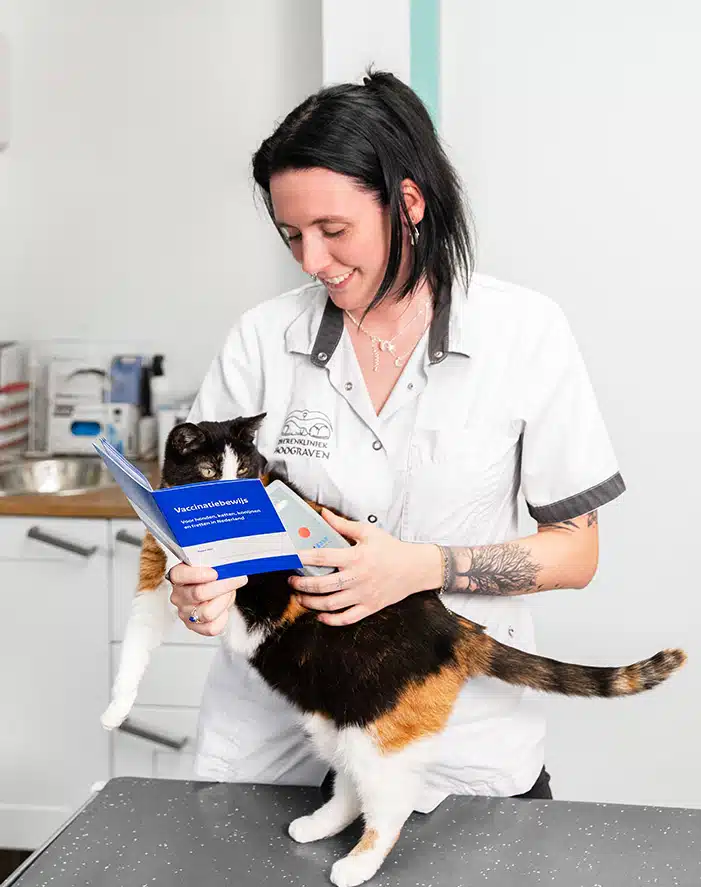
Cost of chipping your cat
What is the cost of chipping your cat? Fortunately, this is a one-time, relatively low investment. The cost of chipping your cat is usually between approximately €25 and €55This usually includes the microchip itself and the implantation by the vet. Often, registration in an official database is included in the price, or the vet will take care of the first registration for you. Ask your vet about this to make sure the chip is indeed registered.
The price can vary slightly depending on the vet and the region. Sometimes there are special chipping campaigns or days when you can get your cat chipped at a lower cost, for example organised by a shelter, local council or animal rescue service. In all cases, the chip only needs to be implanted once and lasts a lifetime – so after paying €30–€50, you’ll benefit from it for the entire life of your cat. Compared to the thousands of euros a search for a missing cat could cost (flyers, tracking services, etc.) or the emotional value of your companion, the cost of a chip is minimal.
Registration costs. Registering the chip in a database often costs only a small amount (and sometimes it’s free). With many vets, the first registration is included in the chipping fee. If you choose to register your cat online yourself, some databases charge a one-time administrative fee (usually around €5–€20). At PetBase, for example, you can choose a yearly subscription with unlimited registrations for €15, or pay €7.50 per registration. Either way, it’s a small effort and cost compared to the huge benefit: a registered chip increases the chance of getting your cat back quickly. and prevents you from losing a found cat to someone else.

PetBase works with organisations such as:
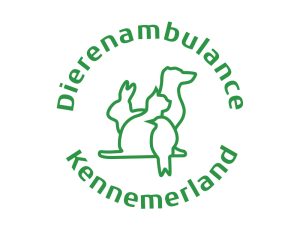
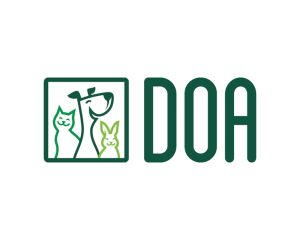



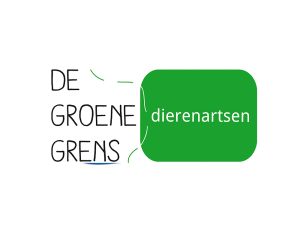

Chip registration: register your cat with PetBase
Chip registration: register your cat with PetBase registers. Registration means that the unique chip number is linked to your details in an official database. In the Netherlands, this database must be government-approved (this is mandatory for dogs and strongly recommended for cats). PetBase is one such approved pet database. In fact, PetBase is a officieel portaal leading platform for chip registration and works together with organisations such as vets, shelters, and the government.
In practice, this means that when your cat is chipped, the vet or chipper can often take care of the registration with PetBase (or another database of your choice) right away. You’ll then receive a confirmation and usually get access to your own online account. In that PetBase account, you can manage your cat’s details and your own contact informationMake sure you fill in all relevant information and afterwards up-to-date keep it up to date. Moving house or getting a new phone number? Update this information in the database right away. After all, if your cat goes missing, you want the correct contact information to be available so you can be reached. At PetBase, you can update your details for free, for life – so there’s no reason to hesitate.
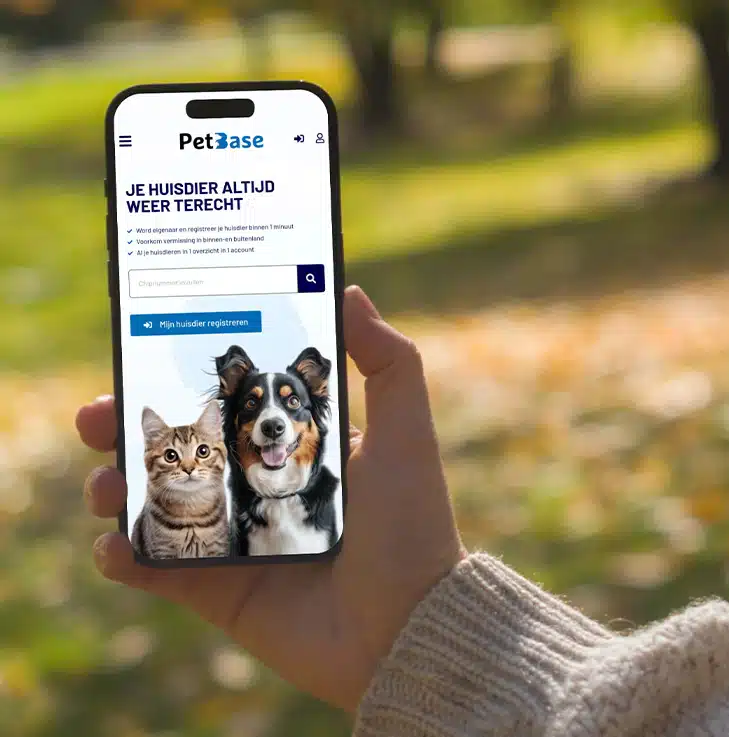




What happens next if your cat goes missing?
When your cat is marked as missing in PetBase (you can do this yourself in your account), finders will also see this. Let’s say your cat has run away: if someone finds them and brings them to a vet or shelter, they’ll immediately check for a chip using a chip reader. If there is a chip, the chip number is looked up in the database (this often happens via the central website Chipnummer.nl or directly in PetBase). The registered owner and contact details appear, and it also shows that the cat was reported missing. The finder or vet can then contact you right away to let you know your cat has been found and where to pick them up. Thanks to the link with Europetnet your PetBase registration, your details can also be found across Europe. If your cat ends up abroad, animal organisations in other countries can still trace you as the owner via the chip.
Register or check it yourself. Do you already have a chipped cat that still needs to be registered? Or do you want to check if your cat is correctly listed in PetBase? You can easily do this online. On the PetBase website, you can choose to Register a pet (register a new chip) or Look up chip number (to check whether a number is already registered and where). It’s important to keep your details up to date whenever something changes.


